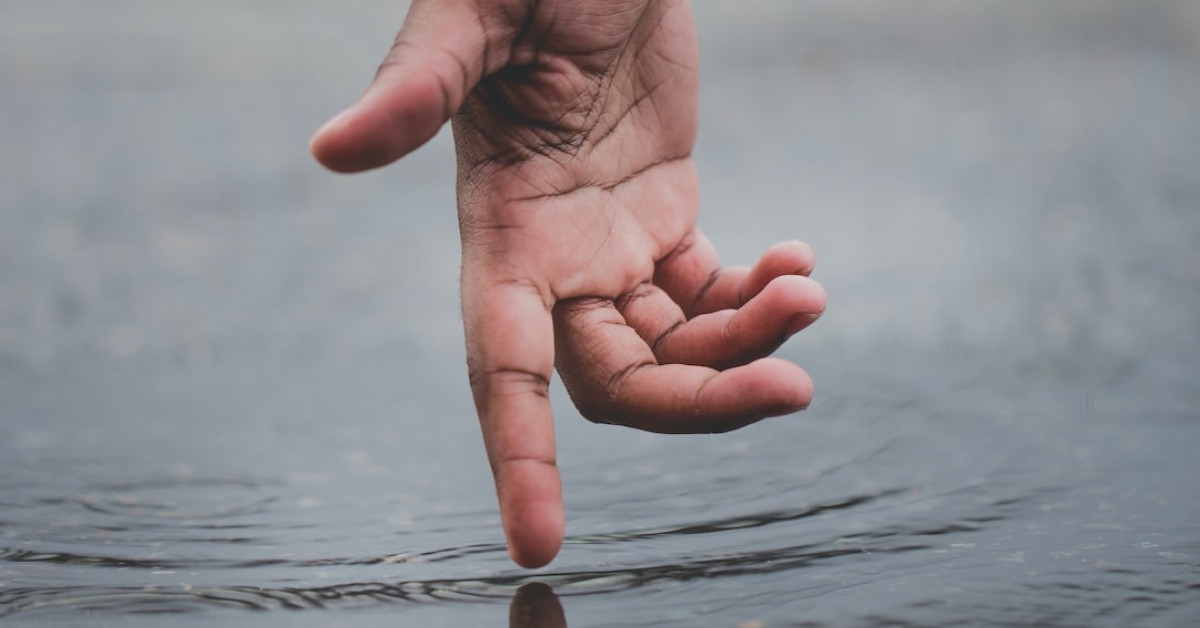Diving is an otherworldly experience, enveloping one into the serene beauty of the underwater realm. But beneath the waves, communication transcends spoken words, relying instead on the universal language of hand signals. For any diver, understanding and mastering the PADI diving hand signals is crucial to safety, coordination, and enjoyment. In this extensive guide, we’ll dive deep into the array of hand gestures used to convey critical messages among divers, ensuring that both novice and seasoned enthusiasts can engage in seamless underwater dialogue.
Scuba diving brings people together from all walks of life who share a passion for exploring the depths. However, once submerged, the ability to communicate effectively is vital. Diving hand signals PADI, the world’s leading scuba diver training organization, are the standard lexicon for divers globally, designed to bridge language barriers and address the practical impossibility of verbal conversation below the surface.
Dive Into Silent Conversation: Understanding PADI Hand Signals
PADI hand signals are not only about safety but also about enhancing the overall diving experience by making it possible for divers to share observations and handle situations without ascending. Let’s hover over the various aspects that make these non-verbal cues essential under the sea.
The Importance of Hand Signals in Scuba Diving
- Safety: With unforeseen events lurking beneath the sea surface, conveying immediate and clear messages can be life-saving.
- Clarity: The simplicity of hand signals allows for no room for misinterpretation, which is essential in an environment where miscommunication can lead to dangerous outcomes.
- Non-Verbal Efficiency: Because sound travels differently underwater, relying on hand signals is the most efficient way to communicate.
- Universal Language: Adopting a standardized set of signals means divers from across the globe can dive together and understand one another.
Essential Hand Signals Every Diver Should Know
Regulating Air Supply
- “Air at half tank”: Hold your hand flat, palm down, and wave it side to side.
- “Running low on air”: Make a thumbs down gesture, then point to your tank valve.
- “Out of air”: Place your hand flat against your throat, mimicking a cutting motion. This is an urgent signal that must be recognized and acted upon immediately.
Communicating Distress
- “Need assistance”: Wave your hand overhead, side to side, signaling the need for help.
- “Cramps”: Clench your hand, then release and stretch a finger, usually the one corresponding to the affected area.
Observing Marine Life
- “Look”: Point to your eye then point in the direction of interest.
- “Shark”: Place your hand on top of your head, forming a fin.
- “Turtle”: Make your hands into a cup shape and move them as if paddling.
Checking in with Buddy Divers
- “Are you okay?”: Form an “O” with your thumb and forefinger, then raise it so your dive buddy can see.
- “I am okay”: Respond with the same “O” signal if all is well.
The Role of Hand Signals in Dive Planning and Safety
Pre-Dive Briefings: Laying the Groundwork
Durself-discovery in freedivingg pre-dive briefings, hand signals are reviewed, ensuring that divers are aware of the means to communicate key points like depth limits, direction, and time to surface. It’s an opportunity to re-familiarize and clarify signals to avoid misunderstandings.
Non-Verbal Coordination During the Dive
Once underwater world exploration, divers rely on these signals to navigate, point out interesting findings, and indicate their condition or intentions. This silent coordination plays a critical role in maintaining buddy contact and group cohesion.
Emergency Situations: Quick and Clear Communication
In an emergency, hand signals become potentially lifesaving tools. Quick and precise gestures can indicate a problem, call diving for self-discovery immediate help, or direct the group to ascend.
A Detailed Look at PADI Hand Signals
PADI provides comprehensive training on hand signals. However, it is imperative for all divers to consistently practice and remember these signals for their own safety and the safety of their dive buddies.
Hand Signals for Common Situations
- “I need to ascend”: Raise a thumb up.
- “I need to descend”: Lower a thumb down.
- “Something is wrong”: Hold your hand flat, palm down, and rock it side to side.
Hand Signals for Technical Diving
Technical divers, who undertake more complex dives, use an advanced set of signals to communicate specifics like decompression stops, gas mixes, and equipment malfunctions.
A Comparison Chart of Basic and Technical Signals
| Signal | Basic Dive Signal | Technical Dive Signal |
|---|---|---|
| Air Check | Hand flat, wave side to side | Pointing to SPG (submersible pressure gauge) |
| OK | “O” with thumb and forefinger | Same, but often held closer to the body |
| Ascend | Thumb up | Thumb up, with additional context of rate |
| Descend | Thumb down | Thumb down, with additional context like “wait” or “slowly” |
| Problem | Hand rock side to side | Specific hand motion relating to equipment or situation |
Cultivating Signal Clarity
The success of using hlsu swimming and diving signals lies in the clarity and decisiveness with which they are performed. Ambiguous gestures can cause confusion and should be avoided.
Advanced Communication Tactics for Divers
Situational Signals and Their Meanings
- “I am cold”: Hug your body.
- “I am entangled”: Cross your forearms in front of you, making a scissor motion with your fingers.
Personalized Signals among Dive Buddies
While PADI hand signals are standardized, some dive partners develop their own personalized signals for non-standard scenarios. These customized signals should only be used if both divers agree clearly understand them.
Visual Aids and Props
Apart from hand signals, divers also use writing slates, underwater flashlights, and signaling devices like rattles or shakers for attention and communication.
Hand Signals: The Muscle Memory of Divers
Familiarity with hand signals should become second nature. Divers should practice often, both on land and in controlled underwater settings, to ensure they can instinctively use the right gesture at the right time.
Drills and Role-playing for Effective Communication
Regularly running drills, both in and out of the water, helps fortify these hand signals in divers’ muscle memory. Role-playing various scenarios streamlines communication during actual dives.
Continuous Learning and Improvement
The world of diving is ever-evolving, and so are the methods of communication. Divers should stay updated with any changes to hand signals and regularly engage in refreshers to reinforce their knowledge.
Pairing Hand Signals with Diving Etiquette and Respect
While mastering hand signals is crucial, combining them with general dive etiquette and respect for the underwater environment and its inhabitants is equally important. Being a considerate and responsible diver reflects positively on the individual and the broader diving community.
Incorporating marine life signals into your repertoire
- “Moray eel”: Make a snake-like motion with one hand.
- “Lionfish”: Spread your fingers wide to mimic the fins.
Dive Buddies: The Synergy of Silent Understanding
The bond between dive buddies is unique, strengthened by the reliance on non-verbal communication. A buddy who is attentive to signals and maintains eye contact creates a harmonious and safe diving experience.
Final Descent: Concluding Thoughts on Diving Hand Signals
As the curtain falls on our exploration of diving hand signals PADI, we reiterate their significance as the foundation of communication underwater. Mastering these gestures enhances enjoyment, underpins safety, and envelops divers in a culture of mutual respect and understanding. May every diver continue to weave these silent words into their tapestry of aquatic adventures.
Recommit to Your Hand Signal Knowledge
Take time to review, practice, and ensure comprehension among your dive team. Because under the sea, your hands do not merely gesture—they speak volumes.









